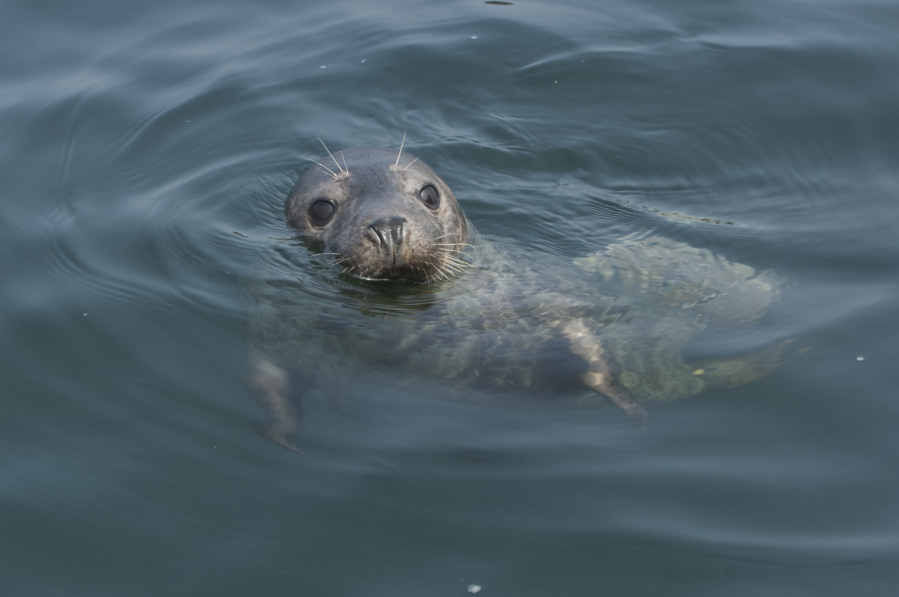Gray seals are booming. They’ve flocked to coastal Massachusetts, where hunters once killed the animals wholesale — a dead seal’s nose could fetch a $5 reward in the 1960s.
Twenty years ago, there were about 2,000 seals near Cape Cod and Nantucket. A new estimate, published Wednesday in the journal Bioscience, suggests there are now as many as 50,000.
“We should be celebrating the recovery of gray seals as a conservation success,” said David W. Johnston, an author of the new study and marine conservation biologist at Duke University in North Carolina.
Maine and Massachusetts once placed bounties on seals because fishermen feared they would gobble up valuable fish such as cod. (There is little evidence that seals compete with fishermen, Johnston said.) The century-long bounty hunt claimed up to 135,000 animals.
The seals bounced back after 1972’s Marine Mammal Protection Act outlawed the killings. “I’m a firm believer if you just stop doing bad things to wildlife they will recover,” Johnston said. The seals’ recovery raised a question infrequently asked in conservation: What happens after success?
“We haven’t done a great job of preparing people,” he said, “that they would be back again.”
Part of that means quantifying the success. In 2011, a National Marine Fisheries Service aerial survey estimated 15,000 seals swam in southeastern Massachusetts waters.
But tracking seals is difficult. In a study published in March, Johnston used drones equipped with thermal cameras to find seal pups that human spotters had missed.
For the new survey, Johnston and his colleagues used Google Earth to count the mammals. Google Earth was a fortuitous discovery. He decided to check on seals he’d tagged with tracking devices. To his surprise, when he zoomed on the beach, he could identify individual animals.
Reactions to the seals have been mixed.
“This is a real threat to the traditional way of life on this island,” Peter Krogh, a Nantucket fisherman and member of the Seal Abatement Coalition, said in 2014.
Johnston said he understood the discontent. Generations have lived without seals, he said, unaware that northeast beaches were once the domain of noisy, 800-pound animals with stinky fish breath. But harmony is possible, he said, pointing to California’s sea lions.



